Seeing Through the Eye of the Vedas
by Kerry Shamblin
originally published in the July/August 2013 issue of Bella Spark Magazine.
originally published in the July/August 2013 issue of Bella Spark Magazine.
Astrology is an ancient science that, through time, has traveled organically with human cultures, morphing with the people who carry the tradition. In the most basic sense, astrology is the observation and interpretation of the rhythmic pattern offered to us by the cosmos and star system in which we dwell. If we believe in the theory of macrocosm = microcosm, or “as above, so below,” it is easy to accept the belief that the patterns reflected by our planets and stars relay to us a macrocosmic version of the same story that occurs in the microcosm. By reading the macrocosmic version, we gain great perspective on the microcosmic version that is unfolding before our eyes.
Jyotish
If we think of the various styles of astrology as branches, the trunk of the tree of astrology is Vedic Astrology, also known in the ancient language of Sanskrit as jyotish, the science of light and the Eye of the Vedas. It is an ancient science that dates back in continual practice for thousands of years, passed down through families and through teacher-student relationships. The “rules” of jyotish are very specific, coming from various texts we call the Vedas, scriptures that were channeled through ancient seers known as rishis and written down for the benefit of humankind.
Because this science has been practiced for thousands of years, the observers of celestial events and entities were able to perceive a very slow cycle that we refer to as “the precession of the equinoxes.” This cycle lasts about 24,000 years and creates the basis for the ages that define the progression of life on Earth. This precession is caused by the rotation of our entire solar system within its place in our arm of the galaxy. We can perceive this movement by watching the point in the zodiac where the vernal equinox occurs, astronomically speaking.
The zodiac is the circular band of stars in which the planets travel, from our perspective on Earth. This 360-degree track of stars is traditionally divided into twelve constellations, or signs: Aries, Taurus, Gemini, etc. To recognize the movements of the planets through the signs of these fixed stars of the zodiac is the first step in gathering astrological data. Astronomical observation tells us that the vernal equinox, which is the point when day and night are of equal length while the Sun is on its orthern course, is currently occurring at seven degrees of the constellation Pisces.
Sidereal Zodiac or Tropical Zodiac
Vedic astrology is and has always been based on the astronomical positions of the planets in the constellations. Jyotish employs what is known as the sidereal zodiac: twelve constellations of stars which are astronomically observable. Western astrology generally uses the tropical zodiac, which has fixed the vernal equinox at one degree of Aries, thereby creating an ever-growing gap of about 24 degrees between the two zodiacs. There are some western astrologers who do use the sidereal zodiac.
The use of these two zodiacs is the fundamental difference between the Vedic and western systems of astrology, and beyond that there are both similarities and differences. For example, the signs of the zodiacs are the same but have slightly different planetary rulerships. The planets are the same, but western astrology integrates Neptune, Uranus, Pluto and other “planetoids” where Vedic astrology sticks to the observable planets and its own set of “upagrahas,” which we could translate as “additional planets.” Each system uses the concept of “houses” that are established based on the degree that is rising over the eastern horizon at the moment in question, but the two systems have varying ways of dividing and defining those houses. Both systems have unique ways of viewing how the planets interact and influence one another in a chart, but the basic idea is the same: Astrology is a tool that helps us become of aware of the forces that are shaping our lives so that we can make choices that support our health, happiness and evolution.
The Eye of the Vedas implies the ability to see with eternal wisdom. To read and interpret the planetary influences through the lens of jyotish and to creatively and wisely remedy situations that are difficult and promote situations that are beneficial is to open ourselves to the opportunity to move toward our destiny with free will, wisdom and awareness. The goal of jyotish is to bring awareness to our karmic situation such that we can gracefully learn the lessons we have been born to learn and to ultimately free ourselves of the bonds of karma through our choices and practices.




